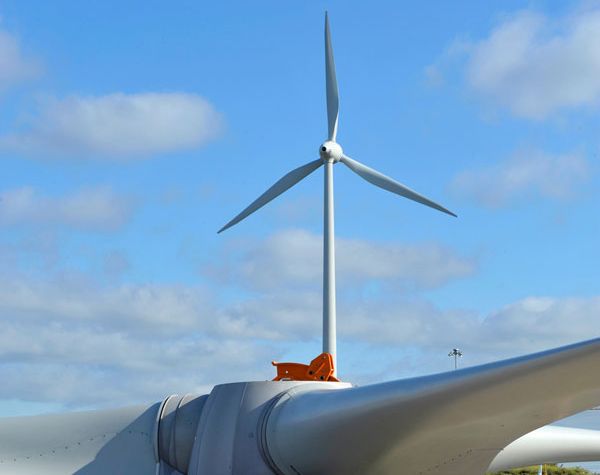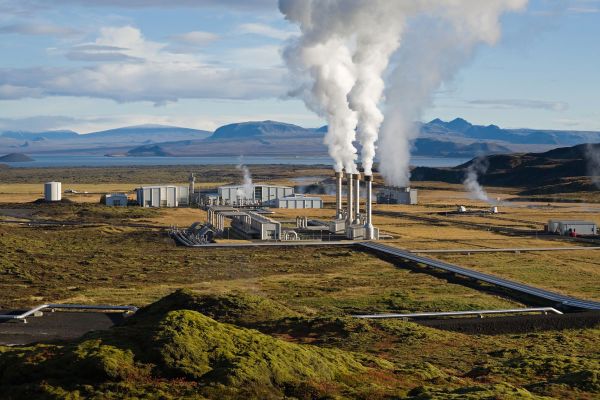With the depletion of existing energy sources and increasing risks of global warming, the introduction to alternative sources of extracting power has become inevitable. Powering homes, buildings and vehicles with landfill gas, a process of producing electricity by transforming methane gas emitted by decomposing garbage into power, is the latest technology adopted to establish a perfect future. These projects assist in controlling energy costs and minimizing the emission of greenhouse gases, along with a commitment of providing incessant supply of green power.

1. H.W. Hill Landfill Gas Project
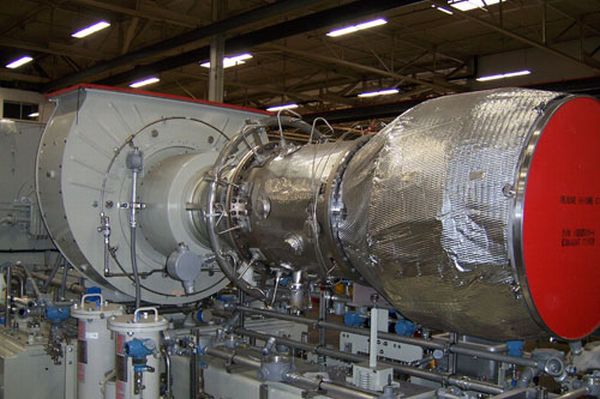
Operated by Allied Waste Services, a subsidiary of Republic Services, the H.W. Hill Landfill Gas Project is the fourth largest landfill in the United States, situated near Roosevelt, Washington. An old steel plant was converted into this landfill recycling center which accepts 2 million tons of waste every year. It consists of 5 engines which convert 8.4 megawatts of methane and filter out impurities from it to release clean, compressed form of gas which is further used as a source of providing energy and power. Excessive gas is burnt up to neutralize the effect of greenhouse gases and volatile organic compounds, thereby reducing odor as well. With the increase in the volume of accumulated solid wastes every year, the District plans to establish an additional phase of the Landfill Gas Project so as to assure an increased fuel supply from the same.
2. DTE Biomass Michigan
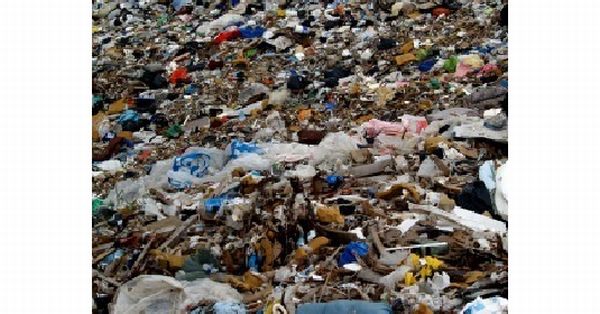
DTE Biomass Michigan is located at the Smith’s Creek Landfill in St. Claire County, Michigan and is managed and controlled by Blue Water Renewable Inc. which is a subsidiary of DTE Biomass Energy. This plant is the first landfill gas source on a commercial scale in U.S. to utilize material from septic tanks to help in decomposing organic wastes at a faster rate. It also extends the life-span of the landfill by promoting quicker landfill gas production. The energy generated by this plant, by using 2,500 cubic yard of wastes per day, is purchased by utility Detroit Edison to provide electricity to power-up 3,000 homes. Apart from producing renewable source of power, this landfill project also houses an education center which provides knowledge and awareness to schools and community groups about proper environment friendly ways of disposing waste and utilizing renewable landfill gas to help further generation of electricity. DTE Biomass Energy has more than 25 similar project plants which are operating in other parts of the country.
3. Mountain Gate Landfill Gas Plant
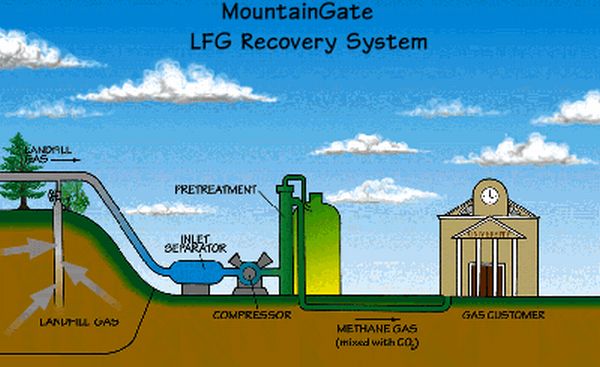
The Mountain Gate landfill gas plant collects methane gas from decomposed waste and converts it into energy by processing 4 million cubic feet of methane gas every day.It is supplied by 125 well-organised and linked systems. The gas produced thereby is sent to the nearest UCLA using a 45 mile long pipeline. This gas is utilized by the university to supply power to its central steam boiler, resulting in reducing energy costs by $2,50,000 every year. Mountain Gate hosts another gas migration control system which prevents the gas from entering into the nearby residential complexes with the aid of 125 control wells, 230 probes to monitor, 7 miles long pipeline and 2 flares. As an additional benefit at the Mountain Gate landfill plant, an up-scale golf course and a country club has been created using solid waste landfill in close proximity to the city of Los Angeles.
4. Ann Arbor

The Ann Abhor, Michigan is a corollary of the DTE Biomass Energy and its partner, Landfill Energy Systems of Novi, Michigan. This unit collects methane gas from the Wichita, Kan, landfill and transforms it into reusable power in the form of gas which is then supplied to the nearby High Plains Corporation. This organization, in turn, utilizes this gas to provide electricity for making steam from its Ethanol Processing Plant. Under a long-term contract between DTE Mass Energy and High Plains Corp., the former has been assigned to acquire methane gas from wells which have been drilled near the landfill and then transport it after dewatering and compressing to the latter’s plant via an 11 mile pipeline linking the two. This collaboration has enabled an incessant supply of landfill gas to High Plains Corp., thereby cutting down their energy costs drastically and also protecting the environment by not letting the methane gas escape into the air and pollute it. The Wichita Energy is the 20th landfill gas-to-energy project plant of DTE Mass Energy.
The U.S. Environmental Protection Agency claims that landfill gas-fueled plants are the only renewable sources of energy that eradicates pollution from air in real terms, as it uses methane, which is a potent greenhouse gas and is 20 times more harmful than carbon-dioxide.



